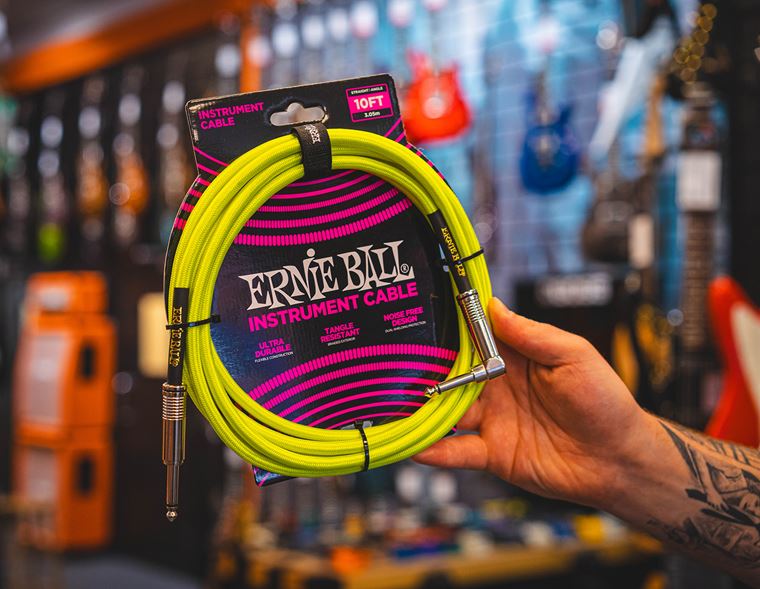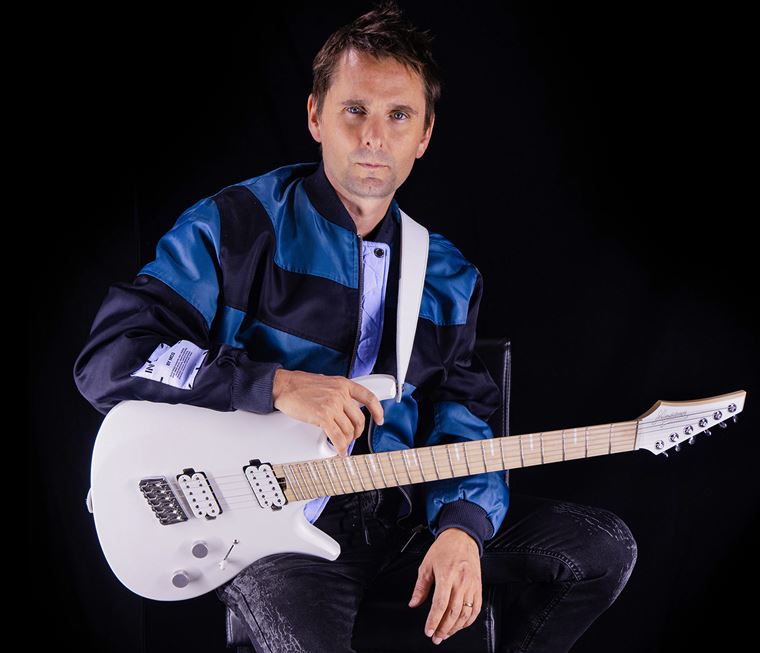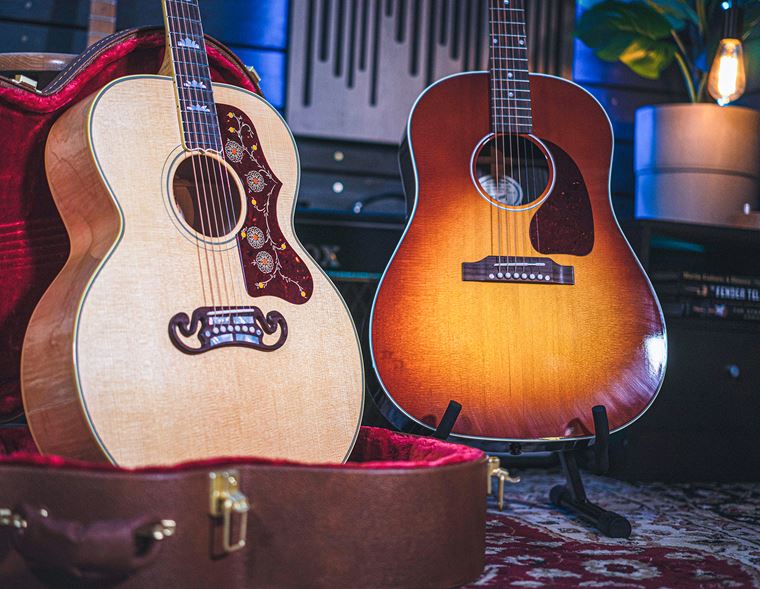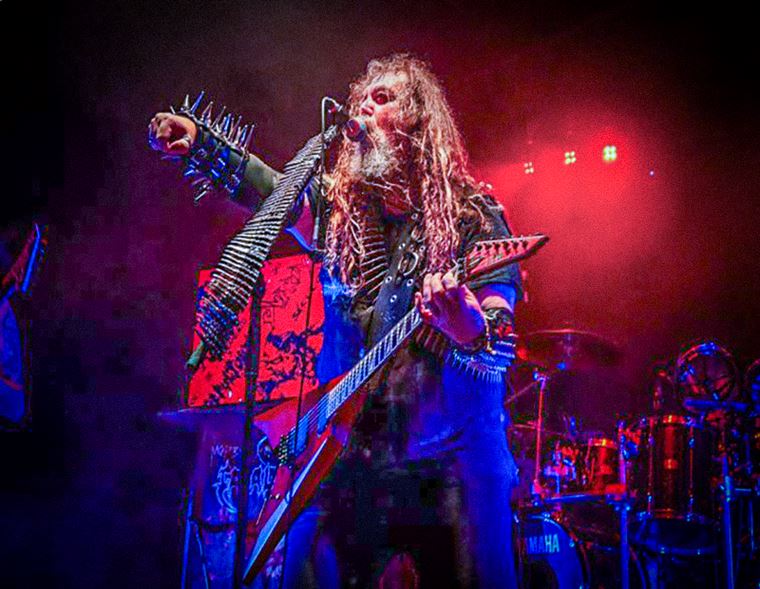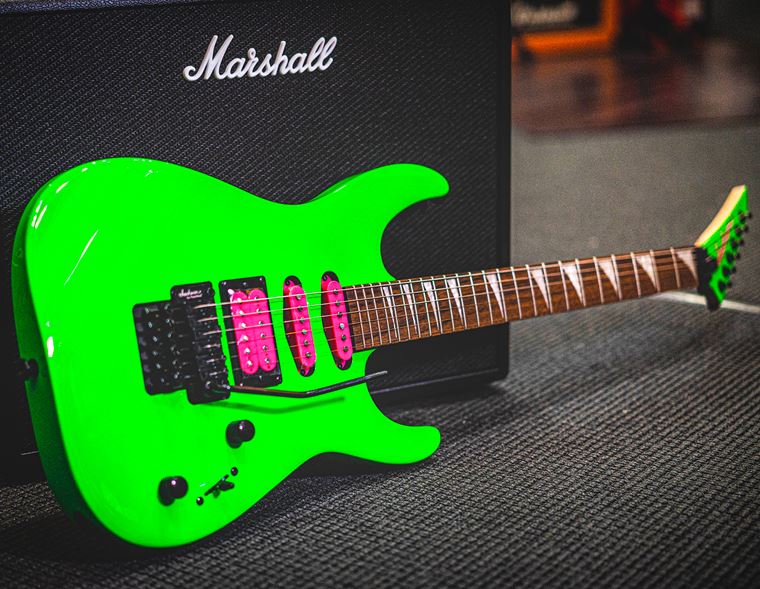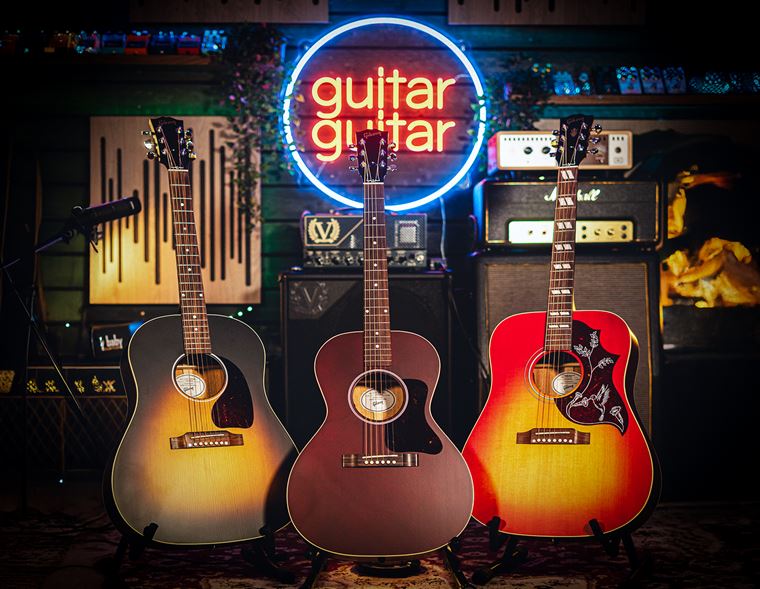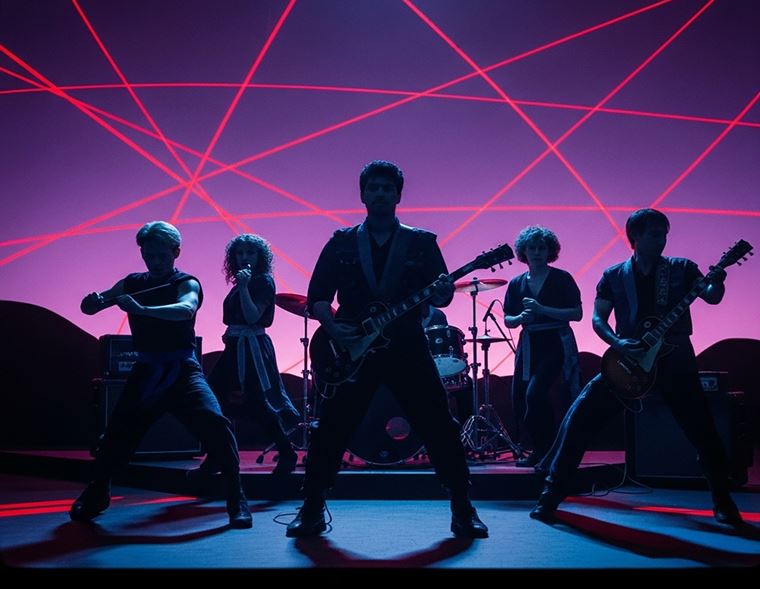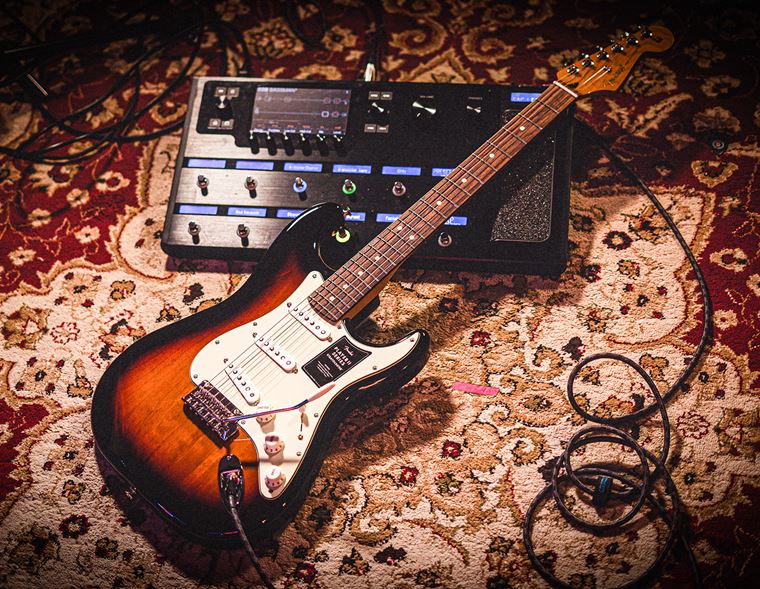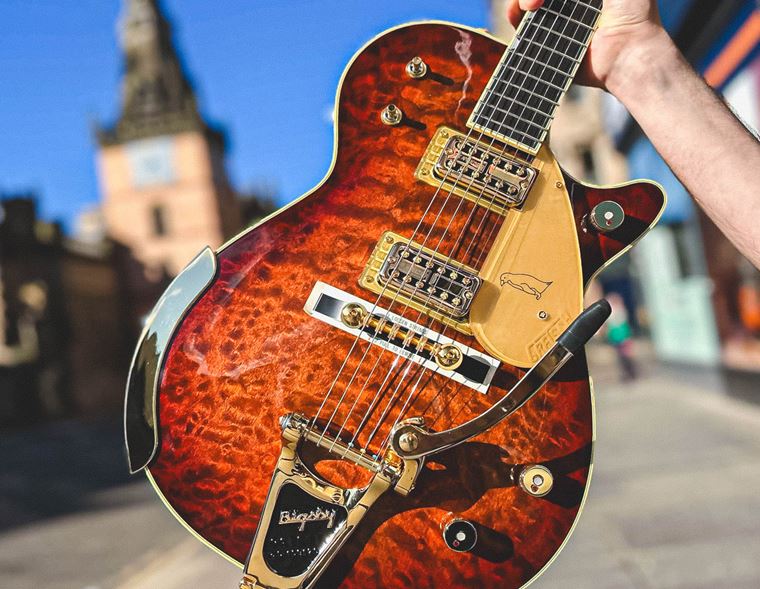Best PA Systems 2025: For Every Event
Is 2025 the year your band or act finally buys their own PA system? Owning a PA can make life a lot less stressful on the road, and if you’re getting regular paid gigs, it’s an investment that will more than pay for itself in convenience, predictability and peace of mind.
A band or performer without a PA system is at the mercy of the venue, and we’ve all encountered our own stressful scenarios with buzzing, crackling underpowered PA systems that smell like the 1970s, right?
Let us not endure that! Nowadays, PA systems are a different game altogether, and I’ll take you through some of the different types of systems available today. As a gigging musician, I’ve had a lot of wildly varying experiences with PA systems, and as a former salesperson, I’ve sold hundreds of them to working players, so this blog is based on first-hand experience.
I’ve sectioned this blog into the main groups of people who might need a PA system, and I may either recommend one set or a couple of options, if I feel like it’s warranted. Read through the whole thing or skip to the part that applies to you most from the contents below. Ready? Where’s that Mute button?
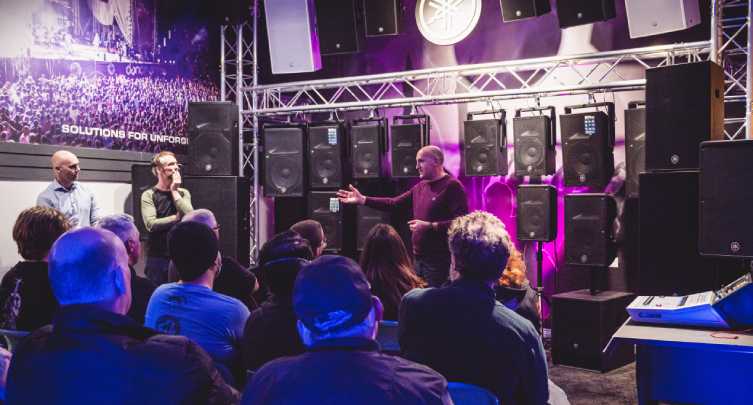
Contents
- Easiest PA Systems - For Solo Performers, Duos etc
- Great Value PA for General Use
- PA for DJs
- A Larger System for a Larger Sound
- Full Band, Bigger Venues, Top Sound
- PA is Important
Easiest PA Systems - For Solo Performers, Duos etc.
This first section covers the following:
- Acoustic singer/songwriters playing small venues such as coffee shops
- Vocalists/duos who sing along to backing tracks in small venues
- Services and public speaking events in smaller rooms or small church halls
- Dance & Fitness classes
In other words, situations that don’t call for a full-on rock band, and rooms that are on the smaller side. To fit these types of events, you need a simple PA system that’s very easy to set up and use, with enough power to be heard, but enough portability to be carried in from the car boot to the venue by hand.
Two systems come to mind here. One is the industry standard Yamaha STAGEPAS. This series of PA systems has proven to be a perennial favourite thanks to a very simple design and a good quality sound. With the Stagepas, the mixer is carried in one of the speaker cabinets and pops out when you want to use it. It has its own dedicated power supply and cabling, and there are no extra inputs in the speakers to confuse you: you put the cables in the only place they can go! It’s very easy to use this system, and the only extra equipment you’ll need is a standard pair of speaker stands. I’d recommend the STAGEPAS 600BT because it has the most power in the range. It’s still not humongously powerful, but for the situations mentioned above, it’s ideal.
The other choice would be a type of pillar system. You’ll have seen these before - it’s a long, thin black tower instead of a set of boxes - and Bose are the most well-known of these. I’ll recommend the Bose L1 Pro8 system for those who don’t require too many inputs for mics and instruments. Why? It’s simple, it’s effective and it sounds great. The array - the ‘tower’ part - breaks down into pieces and makes the whole unit a very easy thing to manage.
The Bose L1 systems are neat, easy to use and sound excellent, so if your audience is 100 people or less, this unit is a great choice.
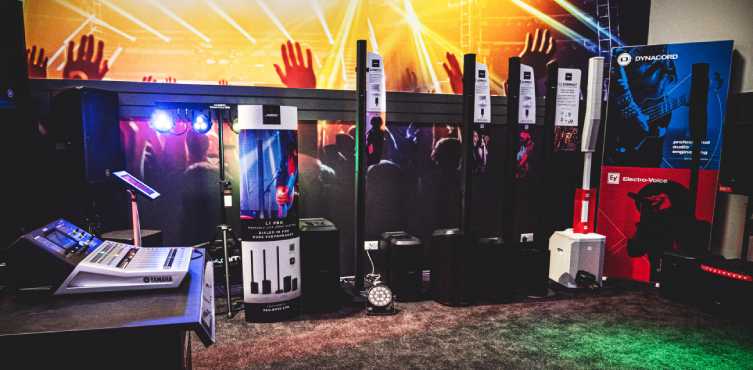
Great Value PA for General Use
As with everything, there are a number of price brackets with PA systems. These days, thankfully, cheap does not necessarily mean questionable. Alto are a brand who have provided good speakers for years, and they’ve recently had a quality hike to sort out niggling problems, so I’d happily recommend a pair of Alto TS412 speakers as a cost effective choice, along with perhaps a Yamaha MG10 desk.
You’ll see Yamaha PA popping up a fair bit in this blog, and it’s for the simple reason that, as a salesperson, I could rely on them as a brand. Yamaha makes solid gear that lasts, does its job well and is available. These things strike me as important, and it’s based on real world stuff, not sales talk.
Anyway, choose the size of desk according to your needs: the Yamaha MG10 has ten inputs, but only four of these are XLR inputs, which are best for mics etc. If you need more XLR inputs, just move up to the next model!
Going back to the speakers, those Alto TS4 range are powered units, so you plug them in directly to the mains and run them directly to the desk, unless you want to use a sub unit as well. Subs bring a much more powerful sound and I’d generally say that most instances will benefit from their inclusion. That said, they add to the cost and I’ll be looking at them later anyway, so for now, we’ll go with the MG10 desk and the two Alto TS412 speakers.
These speakers come in three sizes: TS408 (8 inch speaker), TS410 (10 inch speaker) and the TS412 (12 inch speaker). Since we’re not doing a sub for this system, I’m going to recommend you make the most of the speaker size and get a pair of TS412 speakers. Quite simply, bigger speakers have more space to shift sound, and therefore just sound bigger. Pillar systems like the Bose L1 work in an entirely different way, but with regular PA, bigger speakers equal a bigger sound.
PA for DJs
Clarity of sound is important for every occasion, but for DJs, bottom end is everything. If your DJ set isn’t getting asses on the dancefloor, it’s either a poor set (surely not!) or you're using a PA that isn’t moving enough low frequencies. Now, DJs don’t need tons of inputs, nor do they have bandmates, so a simple system with some subwoofer assistance is what is called for here.
I think a pillar system with an active sub will serve most DJs well. You can look into the Bose systems, adding a B2 bass unit, or you can also check out the Electro Voice Evolve 50 system. Electro Voice make great mics and speakers, and this unit upholds that quality. It packs a hefty punch for its size, with a built in sub that handles frequencies as low as 37Hz. This is more than enough to get your audience cutting shapes on the dancefloor.
Here’s a little insider tip for you: with these array systems (the pillar style of PA), there’s nothing to say you can’t buy two and effectively double your power! If you buy one system, love it, and find yourself in bigger venues, you might do well to simply double up!
A Larger System for a Larger Sound
So, this PA category is for all of those previously stated uses, but perhaps to a larger scale, when a more powerful, punchy sound is needed. Two speakers, a sub and a bigger mixer are required here!
Starting with the mixer, you can go with a bigger Yamaha - say an MG16XU with tons of inputs and added digital effects - but there are other great choices like the Mackie Pro FX16V3, which is an obvious competitor to the Yamaha. There’s also the Presonus ARC12C, an excellent and versatile desk that packs in tons of details at a great price. Presonus are heavyweights in the recording software game, and this desk leans into that world with multitrack recording ability and some nice sounding effects. Good quality preamps (8 XLR inputs, 14 channels overall) make this a good ‘future proof’ choice.
For speakers, I’m leaning towards the JBL EON712 pair, with an accompanying 15” sub unit. I’ve chosen these speakers because they offer pro specs (neodymium tweeter for light wieght and efficient use, 1300w peak power, 7 year warranty when you register them with JBL) at a price that’s very competitive.
For the sub, I’d say to stick with JBL (they all have that astounding 7 year warranty, which is a major flex of confidence) and opt for the JBL PRX915XLF sub. It’s expensive, but all good subs are expensive, and do bear in mind that the sub is the centre of your system - the desk goes to the sub, and the speakers are attached to it - so a poor sub is money mis-spent in my opinion! This one handles 2000w of power, so it’ll take anything you can throw at it.
I think this system will be great for most uses, but let’s also check out some top-line possibilities for full bands who want the best sound possible…
Full Band, Bigger Venues, Top Sound
Here is what to buy if your band are doing great and making a good income. Investing in a spectacular sounding PA is like adding a final layer of magic dust to your sound, not to mention offering a professional experience with lots of useful practical extras.
When it comes to great speakers, two obvious choices spring to mind: QSC K2 series and Yamaha DZR. I’m actually not going to voice a preference here, because I’ve found that different bands suit different speakers depending on how they sound. Hearing them for yourself is the way to go, but if you can’t, then either choice is going to serve you brilliantly.
Earlier, I mentioned that bigger speakers handle more sound and more volume, so go for bigger ones: QSC K12.2 are ace in every way, and QSC KW152's sound even better but their wooden enclosures do add to the weight factor.
For a QSC sub, the KS118 will supply a big bottom end, and the crossover of frequencies between it and the tops will be immense.
A word on sub-size: you can basically do what you want in terms of sub size to speakers size, but there is a general rule of thumb, and it looks like this:
- 10” speakers - go for a 12” sub
- 12” speakers - go for a 15” sub
- 15” speakers - go for an 18” sub
Why? It’s just what I learned over the years, and that’s partly from customers telling me their preferences. Again, it’s not a rule, but try these combinations first and I reckon you’ll get great results.
For Yamaha, the DZR15-D is just excellent. They are big and loud, but refined and very balanced sounding. The ‘D’ part at the end of the name refers to Dante, which is a special linking system for certain bits of Yamaha gear. It’s handy, but these speakers sound mega whether you use the Dante feature or not.
Sub-wise, I’d suggest the Yamaha DXS18. It’s big, it means business, and it plays well with the DZR range. As a brief note, smaller subs sound punchier, but lose the bigness. Bigger subs lose a little punch but sound huge. A great PA system - like the ones I’m mentioning here - will deliver awesome results across the audio spectrum.
So, how about a desk? Keeping with the top-line gear, I’ve selected the fantastic Allen & Heath QU16 Digital Mixer. It’s an impressive desk, with a colour touchscreen, automated faders (with loads of ‘save and recall’ abilities for different setlists), tons of effects, an integrated multitrack recorder and 16 XLR inputs. Honestly, if you need more than this, then you must be U2 or someone.
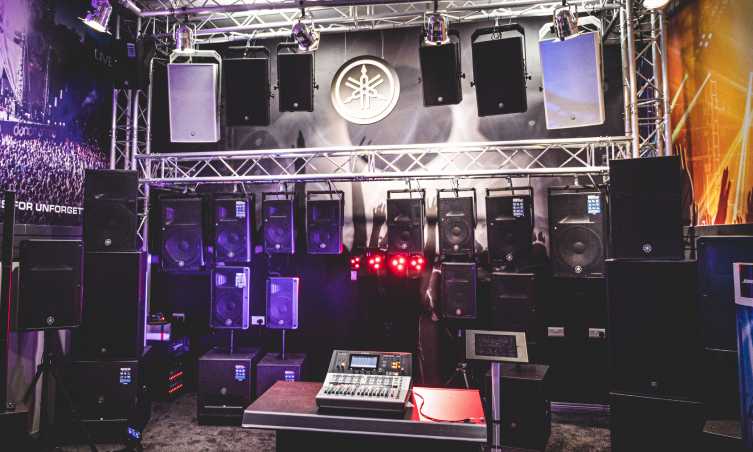
PA is Important
Getting a good PA system can transform your band’s sound. Sounding better can and will attract better-paid gigs, so it behoves you all as band members to consider investing in a good, reliable PA system. Choose one that works with your sound, and your needs as a band. Also, make sure every member has a rough working knowledge of whichever desk you opt for: no excuses!
Remember, we have two fully equipped PA showrooms - in Glasgow and Epsom - with trained, knowledgeable staff on hand to demo, connect up and swap around PA parts until you get the combination that works for you!
PA is the direct communication of everything you are doing as musicians to the audience who have turned up to support you. Give them - and yourselves - the best sound you possibly can, and then everybody wins!


